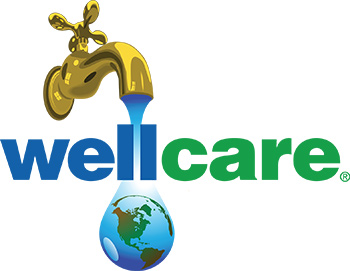Regular water testing is the first step to ensuring the safety of your drinking water. Private well owners are solely responsible for the quality of their drinking water, so it is up to you to decide when and how to test your water.
Contaminants can enter your well from natural sources, nearby septic systems, or agricultural runoff. The list below highlights what you should test for, how often to test your water, and where you can go to have water testing done.
What to Test For:
- Bacteria (e.g., coliform and E. coli) – Indicators of contamination
- Nitrates – Often linked to fertilizers and septic system leaks
- pH Levels – Can indicate corrosive water that affects plumbing
- Heavy Metals (e.g., arsenic, iron, lead) – Can leach from soil or pipes
- Other Contaminants – Pesticides, PFAS, volatile organic compounds (VOCs), and more depending on location
Testing Frequency:
- Annually for bacteria and any contaminants you are monitoring
- More frequently if changes in taste, odor, or color occur
- After flooding, system repairs, or known contamination events
Where to Test:
- Certified labs (use our interactive map to locate one in your area!)
- Testing services like Tap Score
- At-home test kits can be used for preliminary screening or in emergencies
Pro Tip: Keep records of your test results to track changes over time.
Additional well water testing guidance can be found in our learning module, information sheet, or brochure.
